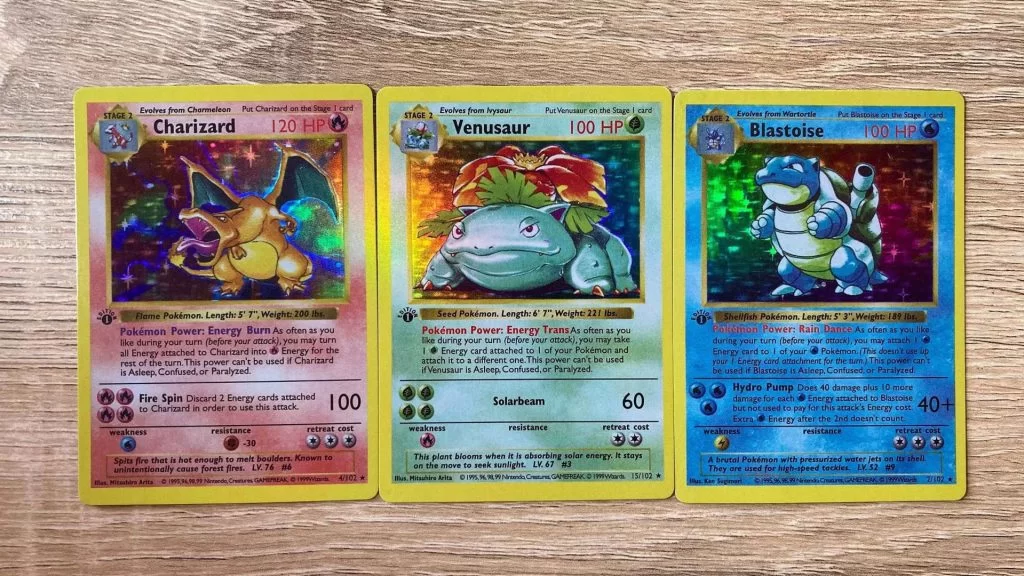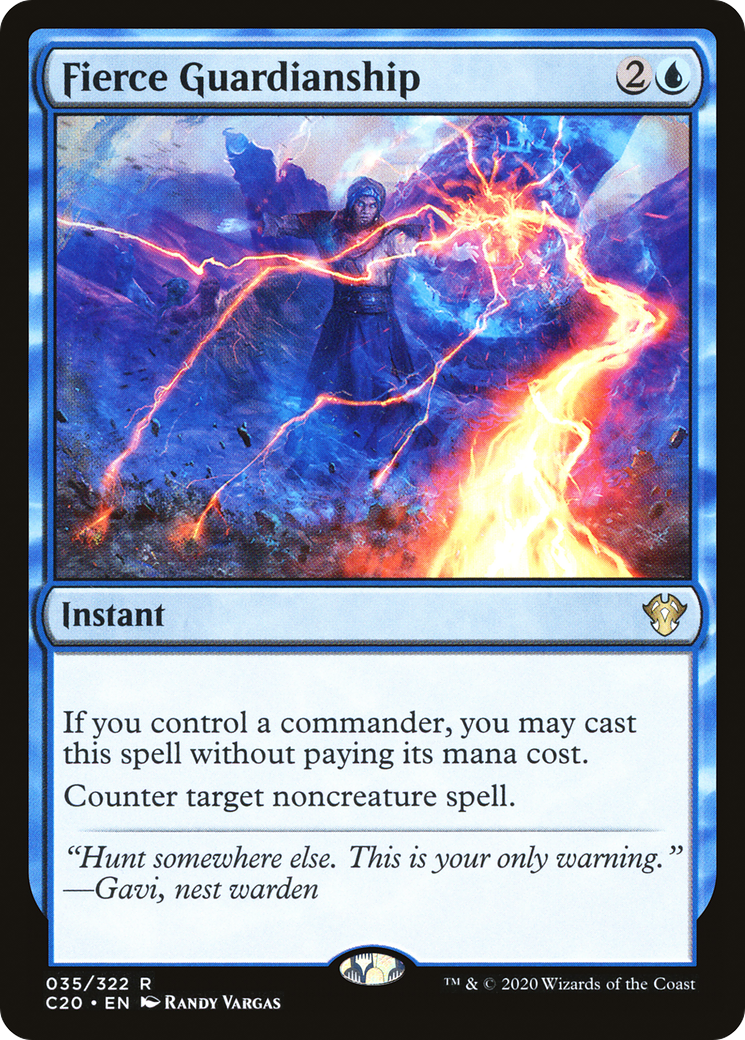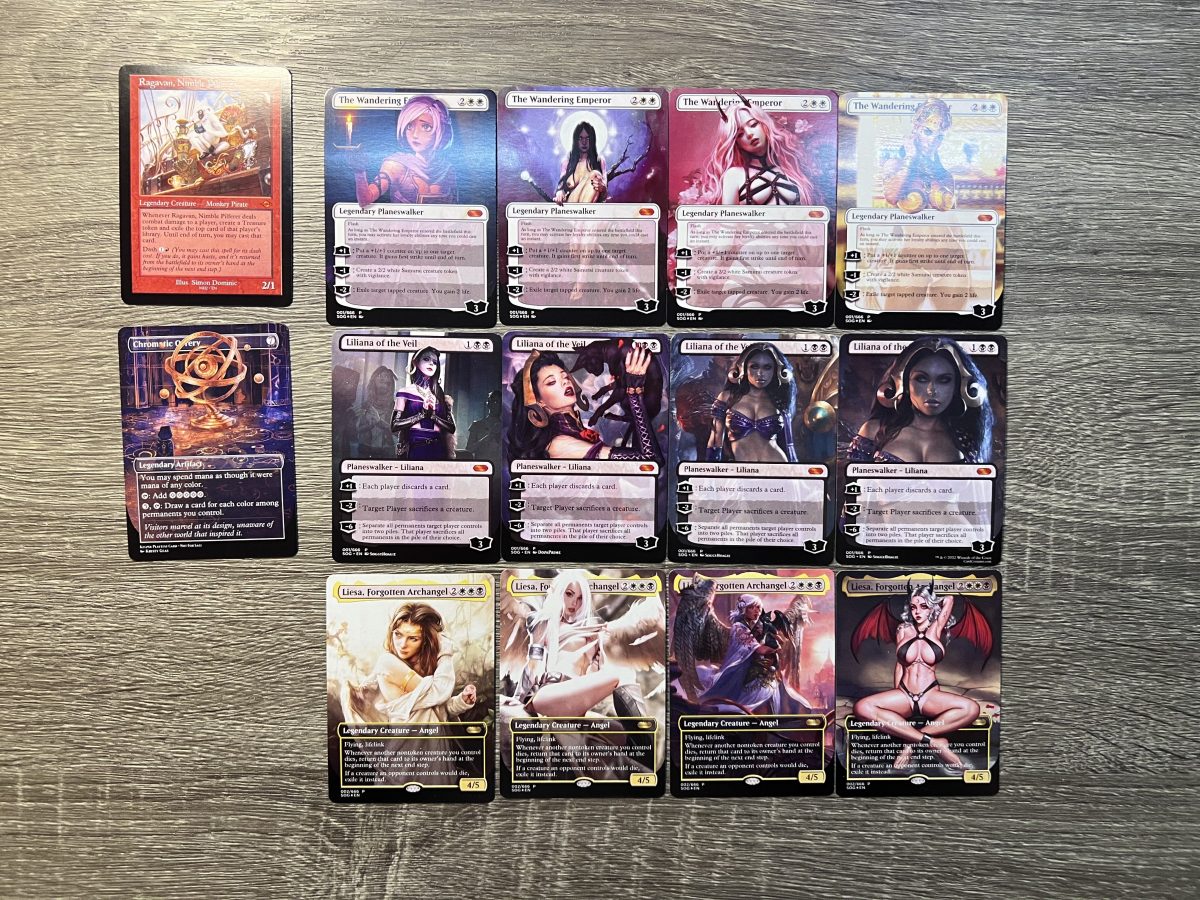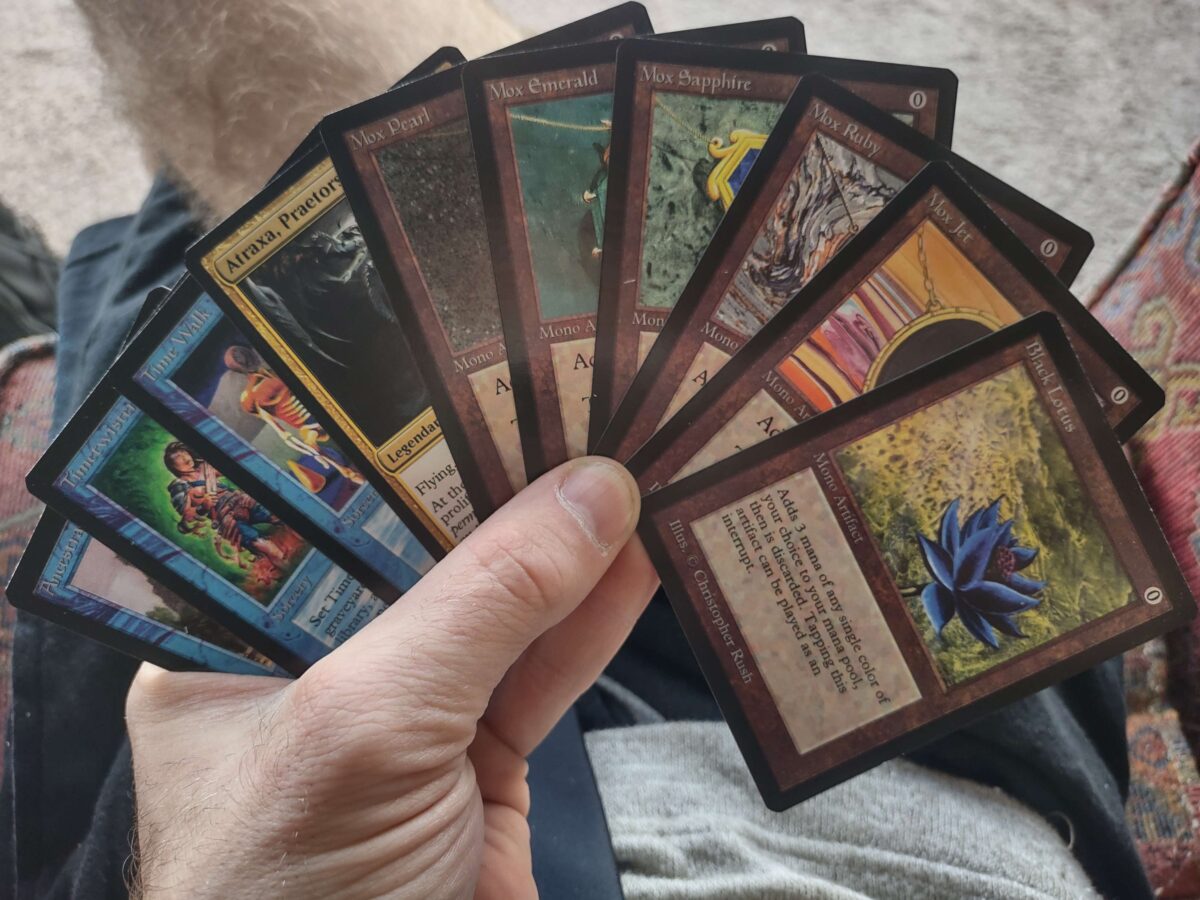Ever have a truly wild deck idea brewing in your mind, something that pushes the boundaries of established Magic archetypes or combines seemingly disparate cards in a completely unexpected way? The biggest hurdle, of course, is often the sheer cost of acquiring the diverse range of cards needed to even test such a concept. This is where the liberating power of mtg proxies, brought to life with MTGProxy, becomes an invaluable tool for the truly innovative brewer.
The established meta and the well-worn paths of deckbuilding can sometimes feel restrictive. We often see the same powerful combinations and strategies recycled, limiting the exploration of truly original and unconventional ideas. MTGProxy offers a cost-effective and accessible sandbox environment where you can bring even your most outlandish deck concepts to the table without the prohibitive financial risk.
MTGProxy provides an intuitive platform to create high-quality proxies of those key, often expensive, cards you need to bring your unique visions to life. Imagine finally being able to test that bizarre combo you’ve theorized for weeks, or seeing if your pet card can actually anchor a viable (and hilarious) strategy. By utilizing mtg proxy created with our service, you can explore the uncharted territories of MTG design and potentially stumble upon the next hidden gem or a completely new way to play.
The quality of our proxies ensures that your playtesting feels as close to the real thing as possible, allowing you to accurately assess the viability of your unconventional creations. You can focus on the card interactions and strategic potential without being distracted by low-quality or unrealistic representations.
Beyond personal experimentation, MTGProxy can also be a fantastic catalyst for creativity within your playgroup. Introduce them to your wild brews, challenge their assumptions about what’s playable, and inspire a new wave of outside-the-box deckbuilding within your community.
So, if you’re ready to unlock your inner deckbuilding genius and explore the limitless possibilities of unconventional strategies, MTGProxy is your ultimate creative partner.
 Custom Gallery
Custom Gallery Proxy Booster
Proxy Booster Discord
Discord






